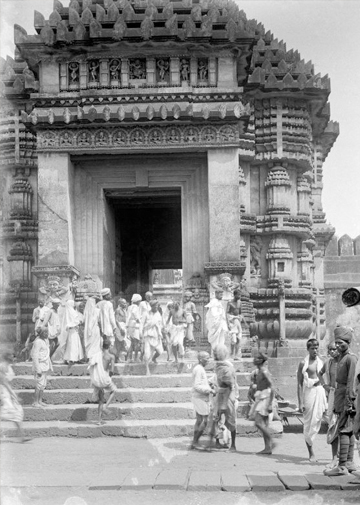HISTORY OF ODISSI
ODISSI also known as Orissi is one of the eight classical dance of India. It originates from the state of Odisha in India. It is the oldest serving dance of India on the basis of archaeological evidences. The classical treaties of Indian dance. Natya-shastra refers to it as ODRA MAGADHI.1st century BCE bas reliefs in the hills of Udyagiri near Bhubaneshwar testify to its antiquity. It was suppressed under the British Raj, but has been reconstructed Since India gained independence. It is partiularly distinguished from other classical Indian dance forms by the importance it places upon the Tribhangi [ three parts break] , the independent movement of head , chest and pelvis and upon the basic square stance known as chauka that Symbolises Lord Jagannath. This dance is characterised by varios Bhangis, which involves stamperingof the foot and striking various postures as seen Indian Sculptures. The common Bhangis are Samabhanga, Abhanga, Atibhanga and Tribhanga.
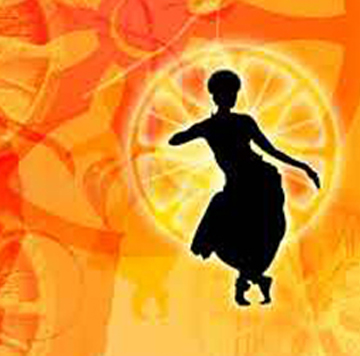
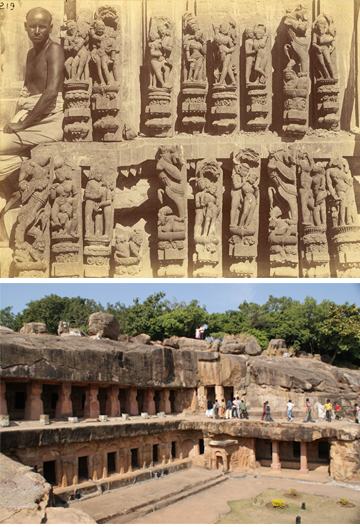
ORIGIN OF ODISSI
The first clear picture of Odissi dance is found in the Manehapuri cave in Udaygiri which was carved during the time of emperor Kharvela. Flanked by two queens , emperor was watching a dance recital where a damsel was performing a dance in front of the court along with the company of female Instrumentalists. Thus, Odissi can be traced back to its origin as Secular dance . Laterit got attached with the Temple Culture of Odisha. Starting with the rituals of Jagannath Temple in Puri. It was regularly Shaivta, Vaishnavite and Sakta temples in Odisha. An inscription is found where it was engraved that a Devdasi Karpursi’s attachment to Buddhist Monestry, where she was performing along with her motherand grandmother. It proves that Odissi first originated as a court dance. Later, it was performed in all religious places of Jainisim as well as Buddhist monasteries. Odissi was initially performed in the templ3s as religious offerings by the Maharis, who dedicated their lives in the services og God. It has the closest resemblance with scultpures of the Indian Temples.
The history of Odissi Dance has been traced to an early sculptures found in the Rnigumpha Caves of Udyagiri also, dating to the second century BCE also. Odissi appears to be the oldest Classical Dance rooted in rituals and tradition. Infact, The Natya Shastrarefers to the ODRA-MAGADHI as one of the Vrittis and Odra refers to Odisha.
TEMPLE HISTORY
There are several sculptures of dancers and musicians in Konark Sun Temple and Brahmeswara Temple in Bhuveneshwar.
In the excavated ruins of the Buddhist Ratnagiri hills in Odisha, dating back to 6th to 9th centuries, several panels and icons of dance are found resembling present day Odissi Dance.
In the tantric temples , such as Hirapur Shrine, many of the yoginis especially are depicted in poses reminiscent of present day Odissi.
When Odisha became a big centre of worship of Lord Shiva, it is only natural that dance would be used as a form worship, since Lord Shiva was a master of dance himself. He is also known as Natraj, the Cosmic Lord of Dance. The Shaivite temple of Bhuveneshwar display innumerable sculptures in posture of Odissi. The Vaishnavite Temple such as Jagannath Temple and Konark Temple abound with an array of dancing sculptures carved into the temple walls, giving testimony that a particular school of dancing had continued from the Shaivite tradition to the Vaishnavite art form.
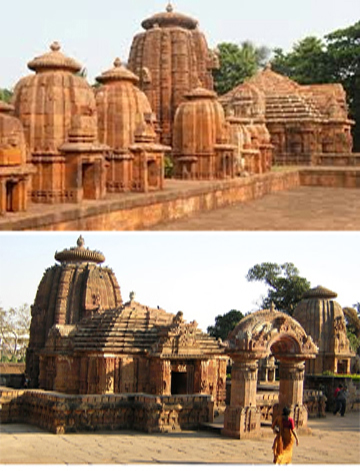
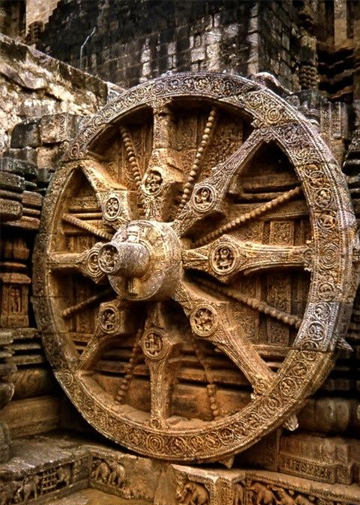
MANUSCRIPTS EVIDENCES
Sage Bharat’s Natya Shashtra, written in 2nd century CE, speaks of four types of Parvartitis, Avanti, Dakshinatya, Panchali and Odra Magadhi, and the areas where each type is employed. Some scholars have interpreted that Odra Magadhi is the ‘earliest literary reference “to ODISSI”’.
Abhinaya Chandrika written by Maheshwar Mohapatra is a detailed study of the movements of the feet , hands, the standing postures, the movement and the dance repertoire. It includes illustrations of the Karnas mentioned in Natya Shastra.
The illustrated manuscript Shilpaprakasha deals with Oriya architecture and sculptures as well as the figures of dance. In this, one find an elaborate analysis of the manner in which the Salabhanjikas or the feminine figures called the Alasa Kanyas are carved in the temple. The illustrations of Shilpaprakasha reinforce the evidenceof sculptures in temples.
A rather unexpected source , the Jain manuscripts , especially the Kalpsutra and Kalkacharya Kathas show traces of Oriya dance although they were being executed in Gujrat. The marginal figures of dancers show women in poses and movements similar to the distinctive style of Odissi. For example in one of the famous illustrated Jain scripts called the Devasanpada Kalpsutra (1501,Jamnagar) there is a description of the Samapada, Tribhangi and Chouka. This shows that there was a great deal of mobility between east and west and many migrations took place. According to some historians , there were group of dancers who were brought to Puri from Gujarat and Andhra
TRADITION AND DANCERS
The Odissi tradition existed in three schools- 1) MAHARI, 2) NARTAKI, 3) GOTIPUA.
Maharies were oriya devdasis or temple girls, their name deriving from MAHA (great) and NARI or MAHARI (chosen) particularly those at the temple.
Maharis were oriya devdasis or temple girls. Their names deriving from MAHA (great) and NARI or MAHARI (chosen) particularly those at the temple of Jagannath Puri. Early maharis performed mainly Nritta (pure dance) and Abhinaya (interpretation of poetry) based on mantras and shlokas. Later, maharis especially performed dance sequence based on the lyrics of GEET GOVIND. BHITARI GAUNI were allowed in the inner temple while BAHARI GAUNI maharis , though in the temple, were excluded from the sanctum and sanctorum.
By the 6th century, the GOTIPUA tradition was emerging. One of the reasons given for the emergence of GOTIPUAS is that Vaishnavs did not approve of dancing by women. Gotipuas were boys dressed up as girls and taught the dance by the Maharis. During this period, vaishnava poets composed innumerable lyrics in oriya dedicated to Radha and Krishna. Gotipuas danced to these compositions and gradually out of the precincts of the temple.
NARTAKI dance took place in the royal courts whwer it was much cultivated in the Mughal and British period. At that time misuse of devdasis came under strong attack, so Odissi dance withered in the temples and became unfaishonable at court. Only the remnants of the Gotipua school remained, and the reconstruction of the style required an archaeological effort that has tended to foster a conservative purism.
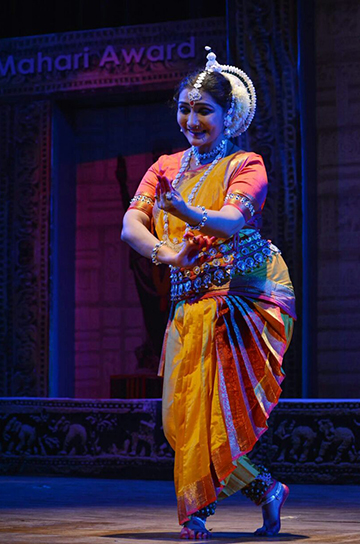
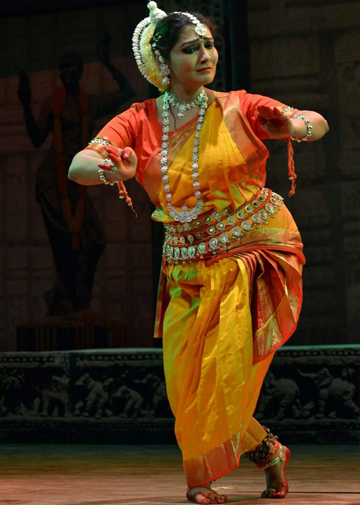
MAHARI TRADITION
The consecration of females to the service of temple dancing began in the Shavaite temples and continued in the Jagannath Temple in the service of Lord Jagannath. Odissi developed through their art. These attendants have been known as Maharis (great women) or Devdasis (servants of the Lord) and have been considered the wives of Lord Jagannath.
The first evidence of the Mahari institution in Odisha comes from a commemorative inscription by Udyota Kesari, the last king of the dynasty. In the 10th century the king’s mother , kalavati Devi dedicated temple dancers to Lord Shiva in the Bhramasvara temple.
Raja Anantvarma Chadogangdeva appointed dancing girls for rituals services in the Jagannath temple in the 11th century and these maharis were th eons responsible for keeping the dance alive for centuries.Through the technique of unequal division of weight and firm footwork, balancing a fluid upper torsom the dancers achieves a sensuality that is uncommon in other classical dance styles. Some eminent Mahari dancers are Moni Mahari, Dimmi Mahari (Domi), Dungri Mahari (harapriya) and Padmashri Guru Pankaj Charan Das.
GOTIPUA TRADITION
In the oriya language Gotipua means wsingle boy. Gotipua dance is performed only by boys who dress up as females. During the rule of king Prataprudra Dev, who was the follower of Shri Chaitnaya, renewed the dancing tradition by boys, as vaishnavas did not approve of dances by females.
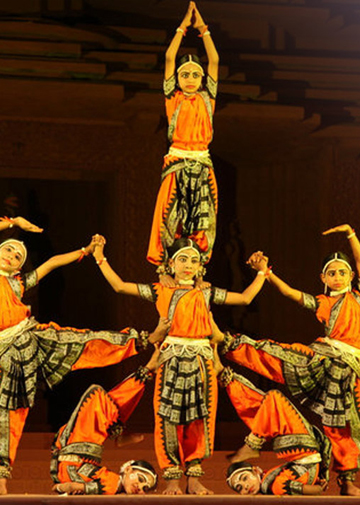
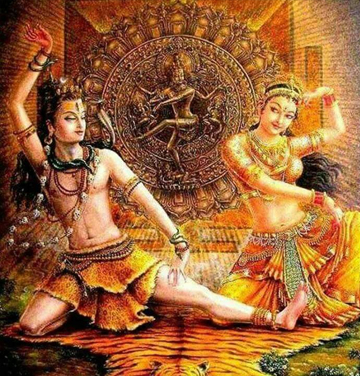
DIVINE FORMS
NATARAJA:- It is a depiction of the hindu God Shiva as the Cosmic dancer who performs his divine dance to destroy a weary universe and make preparations for the God Brahama to start the process of creation.
Natraj is a visual interpration of Brahma aznd a dance posture of Lord Shiva. It is the representation of reality at the time of cosmic destruction . We being life forms, cosmic destruction would mean the disappereance of all life. The half moon shown in the head of Natraja is a symbol of life. The fall of moon would result in cosmic destruction.
The two most common forms of Shiva’s dance are the Lasya : the gentle form of dance , associated with the creation of the world and the Tandava : the violent and dangerous dance associated with the destruction of weary world views- weary perspectives and lifestyles. In essence, the LASYA and the TANDAVA are just two aspects of Shiva’s nature, for he fdestroys on order to create ; tearing down to build again.
RASA LILA :- The rasa lila or rasa dance is part of the traditional story of Krishna described in Hindu scriptures such as the BHAGVAD PURANA and literature such as GEET GOVINDA. The Indian Classical dance of Kathak evolved from the Rasa Lila of Braj and Manipuri Classical dance (Vrindavan) also known as Natwari Nritya , which was revived in 1960, by Kathak dancer, Uma Sharma.
MUGHAL AND BRITISH PERIOD
During the Mughal rule in India , the duties of the Maharies (the temple dancers) shifted as they were employed to entertain the royal family and courtiers in the royal court. They became associated with concubinage in respect to the king and ceased to be respected solely as servants to Lord Jagannath. A decline and degradation occurred in all the Indian Classical Dance during the Mughal and British Period. Especially , during the British Period , when a bill was passed prohibiting temple dances. Most of these dancers , losing their well deserved placesin society, were forced to prostitution to survive in the changing climate of political and cultural oppression of Mughals and British.
